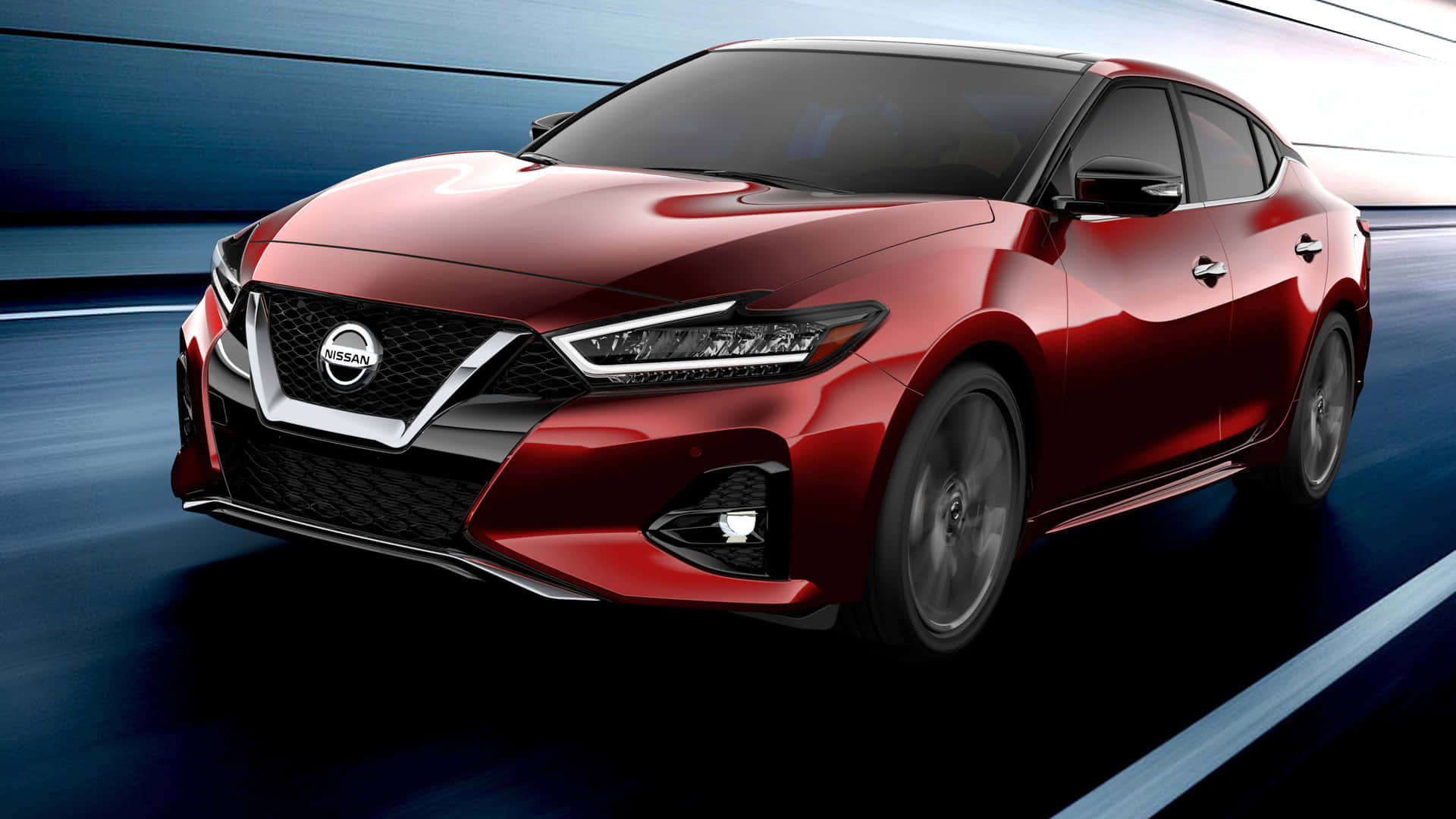The Nissan Maxima is a popular four-door sedan known for its engine power and smooth ride. However, like any vehicle, it is not without its flaws. In this comprehensive guide, we will explore the common problems that Nissan Maxima owners may encounter. From air conditioning issues to transmission malfunctions, we’ll cover it all. So, if you’re considering buying a Nissan Maxima or currently own one, read on to learn about the potential pitfalls and how to address them.
1. Nissan Maxima Leaking and Low-Pressure Air Conditioning (AC) Hose
One of the most frequent issues reported by Nissan Maxima owners is a leaking and low-pressure air conditioning (AC) hose. This problem can cause the AC to blow warm air instead of cold. It is particularly common in 2001 and 2004-2012 models, usually occurring around 87,000 miles. Repair costs for this issue can range from $200 to $400, depending on the price of the replacement part and labor costs.
2. Nissan Maxima Transmission Malfunction and Failure
Another significant problem that Nissan Maxima owners may encounter is transmission malfunction and failure. This issue can manifest as jerky shifting, rough gear transitions, stalling, and slow acceleration. In severe cases, the transmission may completely fail, rendering the vehicle undrivable. The 2004-2006 models are particularly prone to transmission problems, which typically occur between 90,000 and 100,000 miles. Repairs for transmission issues can be expensive, averaging between $2,500 and $3,000[^1^].
3. Nissan Maxima Electronic Steering Column Lock (ESCL) Failure
Some 2009-2010 Nissan Maxima models are known to experience Electronic Steering Column Lock (ESCL) failures. The ESCL is designed to prevent theft by only allowing the steering wheel to rotate when the key fob is detected within range. However, in these specific models, the ESCL may not release the steering wheel, preventing the car from starting. Repair costs for an ESCL replacement can exceed $1,000, but Nissan has offered free replacements for affected vehicles.
4. Nissan Maxima Faulty Front Seat Wire Harness
A common problem found in 2001-2006 Nissan Maxima models is a faulty front seat wire harness. In over 100,000 units of the 2006 model, the wire harness was incorrectly installed, increasing the risk of pinching it under the driver’s seat. Vibrations from driving can cause a short circuit and potentially start a fire. Nissan issued a recall in November 2005 to address this issue, offering free replacement of the defective wire harness.
5. Nissan Maxima Faulty Service Brakes
Nissan Maxima brake problems have also been reported. In some cases, there have been recalls due to faulty service brakes. For example, in 2015, 2016 Nissan Maxima units were recalled because of improperly mounted brake calipers that could detach unexpectedly. Additionally, in 2016, a recall was issued for certain 2016 Nissan Maxima units due to low brake fluid levels, which could increase braking distance and potentially lead to accidents[^1^].
6. Nissan Maxima Ignition Coil Failure
Owners of older Nissan Maxima models, such as 1995-2002, 2004, 2007, and 2009, have reported ignition coil failures. This issue is often accompanied by the illumination of the check engine light. Faulty ignition coils can cause sparks that damage other coils through the wiring harness. Immediate repair is necessary to prevent further damage. The average cost of replacing an ignition coil ranges from $500 to over $660, depending on labor and component prices[^1^].
7. Nissan Maxima Power Steering Pump Leak
The 1995-2001 Nissan Maxima models have been known to experience power steering pump issues. Symptoms of a power steering pump leak include noisy and unstable steering. Leaking fluid can drip onto the lower control arm bushing, leading to deterioration and failure. Total repair costs for power steering pump issues can range from $400 to around $1,000[^1^].
8. Nissan Maxima Other Potential Issues
While the problems mentioned above are the most commonly reported, it’s important to note that there may be other issues specific to certain model years or individual vehicles. It is always advisable to thoroughly inspect a used Nissan Maxima before purchasing and to keep up with regular maintenance to minimize the risk of encountering any significant problems.
Conclusion
The Nissan Maxima is a reliable and powerful sedan, but it does have its share of common problems. From leaking AC hoses to transmission malfunctions, these issues can be costly to repair. However, with proper maintenance and regular inspections, many of these problems can be addressed and prevented. If you are considering purchasing a Nissan Maxima, it is essential to be aware of these potential issues and take them into account when making your decision. Remember, a well-maintained Maxima can still provide many years of enjoyable driving experience.
In case you own an mitsubishi lancer car and your mitsubishi lancer is giving you trouble, don’t worry! Head to our website and read through the blog on mitsubishi lancer car common problems for effective solutions.
